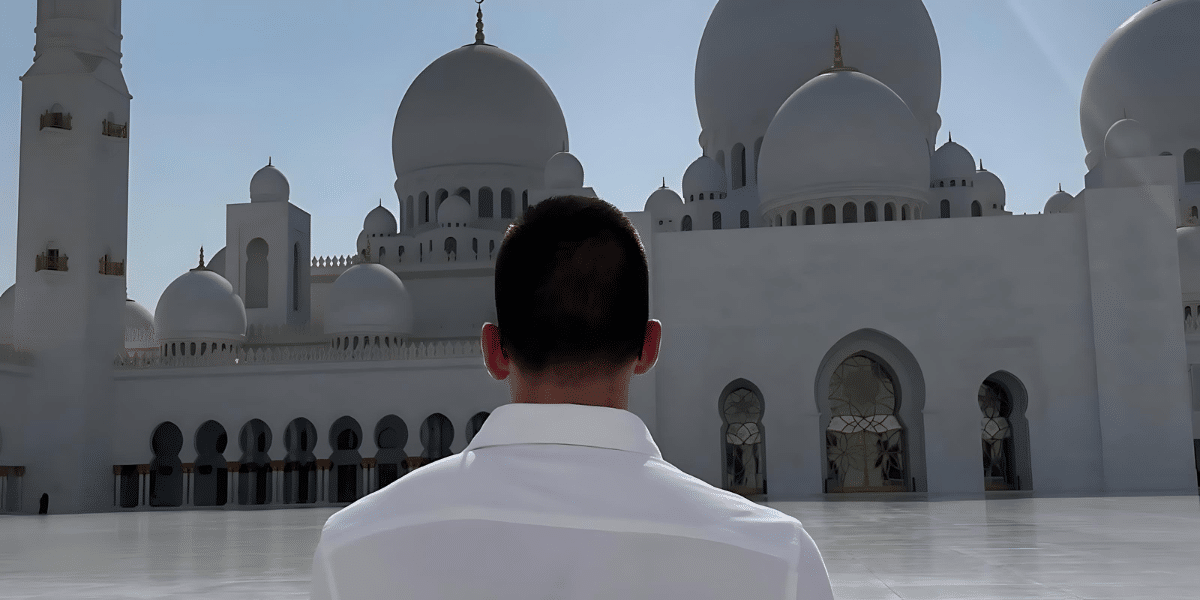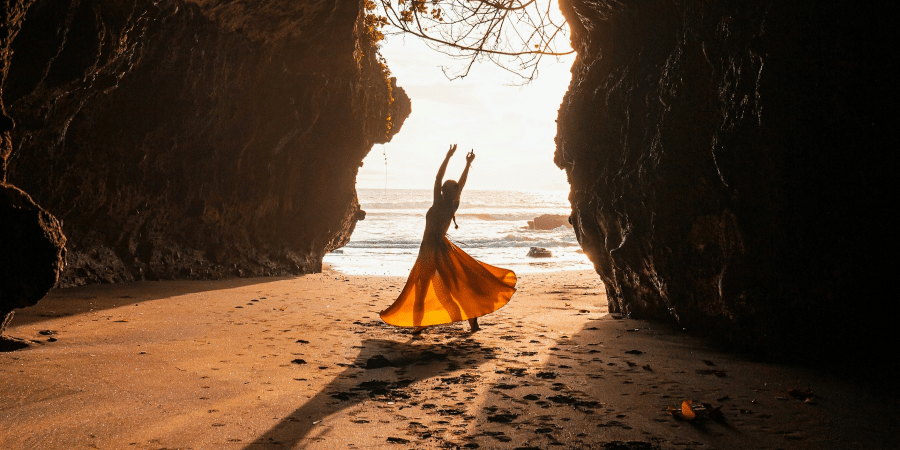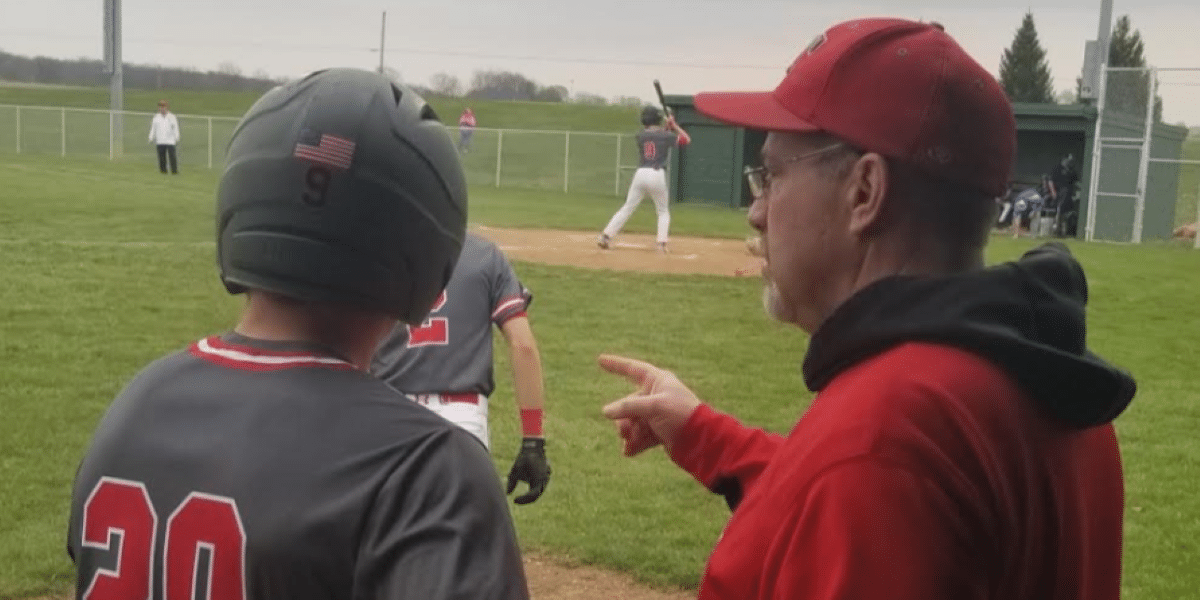How Web3 Founder Gerry Campbell Claims Twitter can be Saved
In 2009 on a sunny afternoon in Virginia, I got a call from Jack Dorsey. He asked me to be the CRO of Twitter. I immediately declined.
His call wasn’t out of the blue… I’d been deeply involved in Twitter’s acquisition of Summize, and Jack was getting ready to scale.
So, why did I turn it down?
The truth is that I had reservations. Huge reservations. Twitter is an enigma. It’s part public utility, part business, part media company and, as history has shown, a hot potato. The company has always struggled to balance those (and other) identities.
To be blunt: I was hopeful at the time that Twitter could be the most effective “fourth branch of democracy.” It has fallen short.
How do I think Twitter can get back on track?
EDITORIAL
The beginning of online expression was murky. Was the tech or media company responsible for everything that users say on their platform? Any open platform for expression needs to be aware of the dangers of certain opinions and views. It’s an extremely tough problem to solve, but I think we already have the answer.
Section 230 is a law that essentially states that bookstores are not responsible for the content of every single book in their inventory. They’re only a platform for distribution of the format of books. In the same way media platforms like Twitter only distribute the format of users’ posts and opinions.
Somewhere along the line in the US, Section 230 has been lost. Platforms regularly censor for things that are not illegal. In fact, it’s utterly unclear what is restricted and why. This leaves the door open for unchecked interpretation which reduces the trust, value and usefulness of the platform.
To put Twitter on its path to fulfilling its destiny of being the fourth branch of the democracy, it needs to create editorial policy that has a mechanism for finding and penalizing illegal activity, has very clear and transparent principles for acceptability, and enforce those facets aggressively. What is not illegal is not for a social media platform to arbitrate.
CONTENT
Twitter has a real-time pulse of everything happening worldwide. It’s truly incredible and there’s nothing like it.
With the broad adoption of Twitter, every live event around the world – tiny or massive – is captured and expressed. And even better, it’s done in photos, videos and in less than 280 characters. In the history of humankind, this was and still is revolutionary.
However, Twitter Trends, originally created by my pal Abdur Chowdhury, have not evolved much since those very early days.
What the trends do well is algorithmically spot topics that are statistically meaningful and highlight them for people to explore. What it does poorly is create a real experience of every nuance of the media being published.
So my idea is the same as it was in 2008 – use algorithms to spot the trends AND assemble immersive media experiences. On the fly. Automatically.





